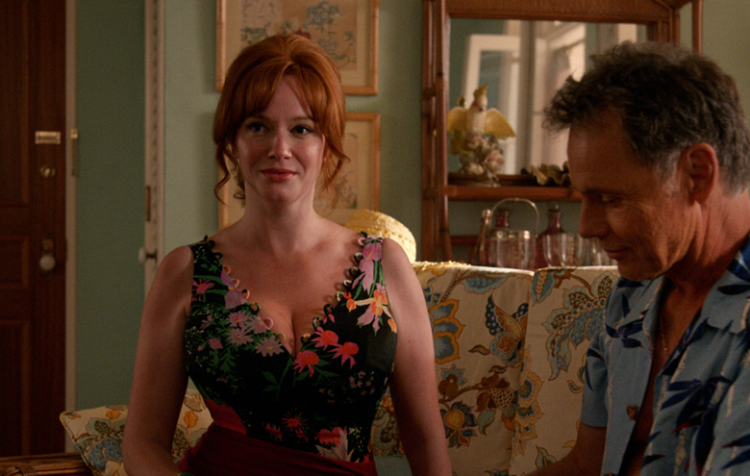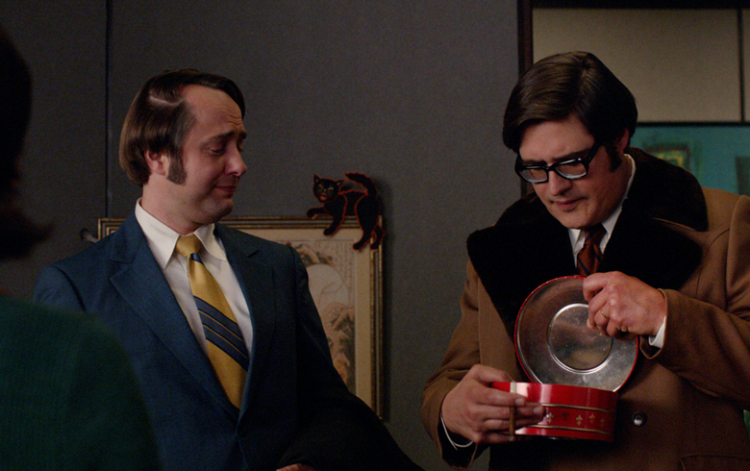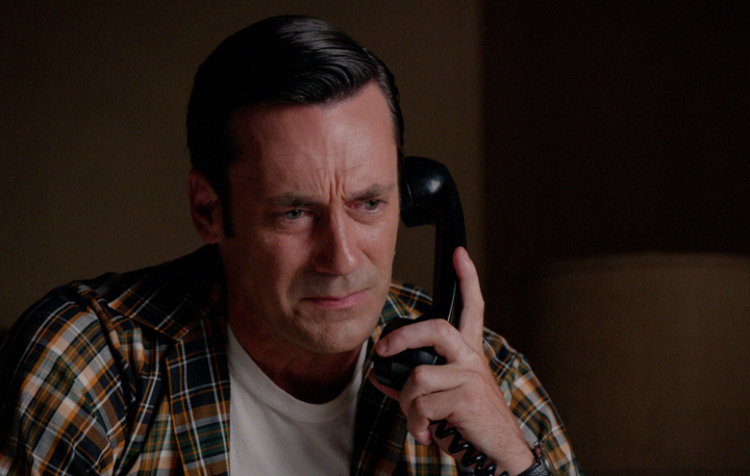Many of those who have watched Mad Men are unaware that the story is not as fictive as they might think. Fans were drawn to the story of Don Draper and were very excited to see episode after episode. The events occur over several years, successfully portraying the atmosphere of the 1960s and 1970s in the United States.
However, Don Draper and all the tension in the show were not just pure imagination. Mad Men was inspired by real life. So, what is the real story behind Mad Men? Let’s find out!
The Real Mad Men Story

Credit: AMC
Mad Men ran between 2007 and 2015, and Matthew Weiner created it. The action focuses on Don Draper, an advertising executive who works for Sterling Cooper. The story begins at the Manhattan, New York City advertising agency from Madison Avenue. Later, it moves to the Sterling Cooper Draper Pryce company, which is later called Sterling Cooper & Partners.
Mad Men was a successful portrayal of the advertising culture in the 1960s. There were several agencies from the 60s and 70s that inspired this show.
Matthew Weiner, the creator of the series, spoke to various ad executives that operated back in the 1960s and 70s following the release of his show. All women said that their experiences were represented accurately, with most executives saying the portrayal is identical to their experiences from that period.
But while the show’s story is so similar, it downsizes the true intensity of what happened in real life in that era. The reality was much worse, so what we see in the show is nothing compared to the real thing.

Credit: AMC
Jane Maas, a previous advertising executive, completely agrees with this. According to her, everything that happens in Mad Men is accurate, but the real-life events are more intense. This means that they involved more drinking, smoking, and sex. The work environment was full of bigotry, sex, and alcohol abuse.
Maas spoke about her experiences in her book, “Mad Women: The Other Side of Life on Madison Avenue in the 60s and Beyond”. She worked with an advertising agency called Ogilvy and Mathers, as well as Young and Rubicam.
There were also real incidents that were portrayed in the Mad Men television series. In the fifth season premiere, Young and Rubicam make an appearance, with staff throwing bags filled with water at Black protester groups outside. This is something that happened back in May 1966. Protesters even entered the company’s building to confront staff members.
The Inspiration Behind Don Draper

Credit: AMC
Whereas Don Draper himself is a fictional character, his name might’ve been inspired by an advertising executive from real life. The main character from Mad Men gets his name from a Chicago advertising executive known as Draper Daniels. This man was behind the Marlboro Man campaign in the 1950s.
Don Draper seems to take more from Draper Daniels than his name. Daniels also had a way with ladies. He had a romantic interest in an engaged business partner, and he eventually married her. Draper Daniels passed away in 1983 from cancer.
According to Matthew Weiner, the few similarities between Daniels and Don Draper are pure coincidence, except for the name. He saw the name and used it for his main character. The rest of the characters are purely fictional.
More Real-Life Events That Inspired Mad Men’s Story
In Mad Men’s 4th Season, Don Draper spoke about how Sterling Cooper Draper Pryce will no longer accept clients that sell tobacco and explained the reasons by taking out a whole New York Times ad. It all came following the loss of his firm’s big tobacco account, respectively Lucky Strike.
This move was inspired by something Emerson Foote did in 1964. He was a chairman for McCann-Erickson, but he resigned from his position as he didn’t want to promote cigarette sales.
Albert Lasker might have also inspired Mad Men. He was one of the first advertising executives to convince people to purchase a product by writing a copy. The Lucky Strike sales increased thanks to him after he advertised that the products could help women lose weight.
Not only that, but he was also behind the “toasted” description for cigarettes. In Mad Men, Don Draper received credit for this idea.
Final Thoughts
Mad Men is quite a retelling of real events that happened in the 1960s and 1970s, with Sterling Cooper being inspired by real advertising companies at the time. So, if you ever plan to rewatch it, you should do so keeping this in mind.rest of the characters
 Follow Us
Follow Us




